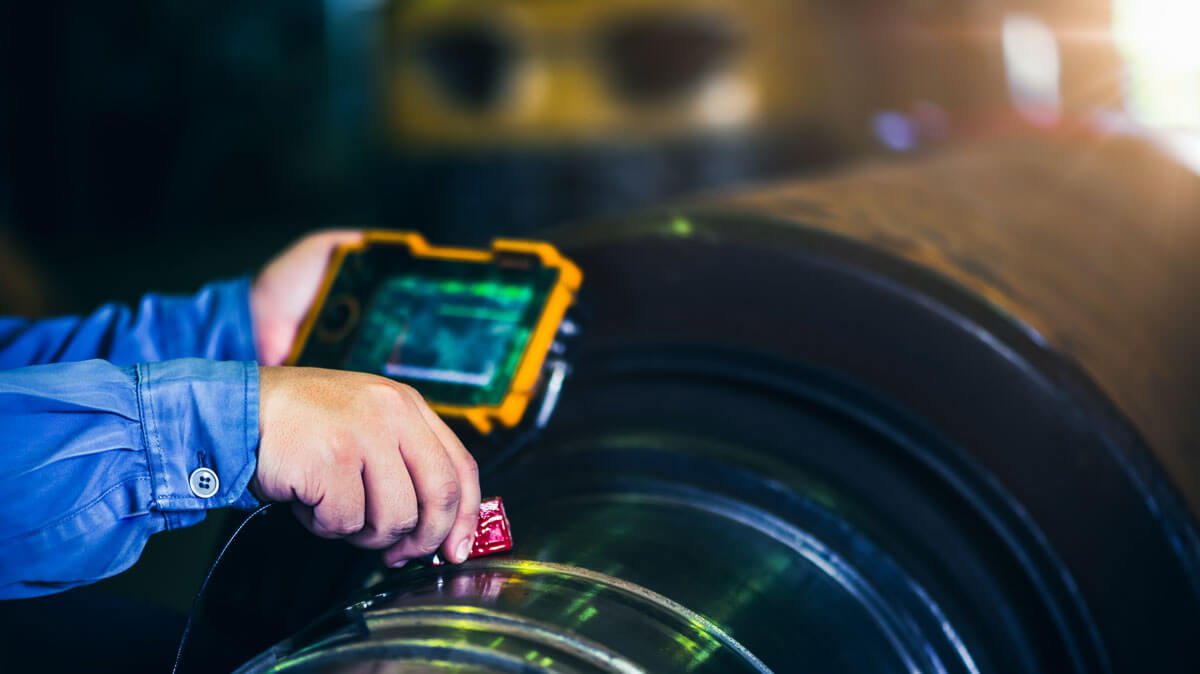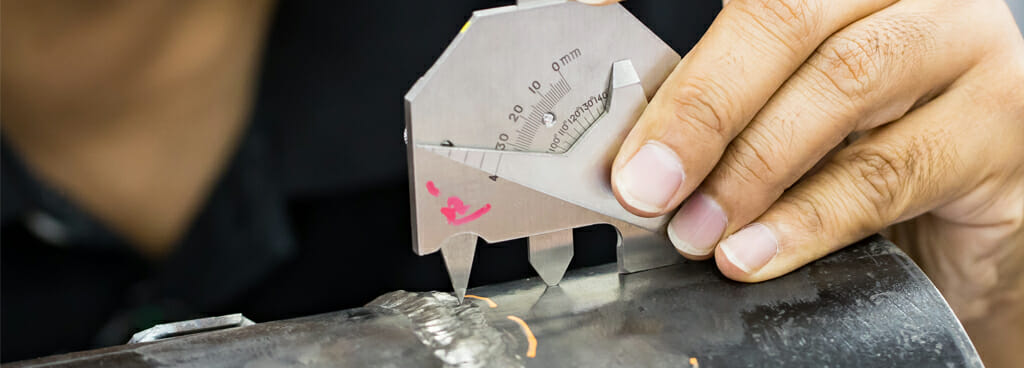A Comprehensive Overview to Understanding Exactly How Welding Examination Functions: Techniques, Specifications, and Best Practices for High Quality Assurance in Metal Manufacture
Understanding the intricacies of welding examination is vital for preserving the integrity of steel construction. Executing best practices can dramatically boost high quality assurance measures. The landscape of welding inspection is not without its challenges.
Importance of Welding Examination
Although welding is a critical procedure in various sectors, its stability directly influences the safety and security and efficiency of frameworks and elements. Reliable welding evaluation is essential for recognizing problems that could jeopardize the high quality and resilience of welded joints. This procedure ensures adherence to developed standards and specs, which are essential for preserving architectural stability and functional reliability.
Welding examination serves several functions, consisting of verifying that the welding procedure has been executed appropriately, examining the quality of products utilized, and validating that the completed product satisfies regulative and market requirements (Houston Welding Inspection). Via strenuous evaluation, potential issues such as porosity, cracks, and incomplete combination can be found early, minimizing and stopping costly repair services safety threats
Moreover, consistent welding evaluations foster confidence among stakeholders, consisting of designers, customers, and regulative bodies, by demonstrating a commitment to quality guarantee. The value of welding inspection can not be overstated; it is indispensable not only for conformity with lawful needs yet additionally for boosting the overall performance of bonded structures. Eventually, a durable welding examination program is a positive procedure that safeguards versus failures, ensuring the longevity and dependability of welded elements in their designated applications.
Typical Welding Assessment Techniques

Aesthetic evaluation is the first line of protection, permitting examiners to identify surface area problems such as cracks, damages, or insufficient fusion. Radiographic screening utilizes X-rays or gamma rays to expose internal imperfections, making it suitable for complicated welds. Ultrasonic screening utilizes high-frequency sound waves to identify subsurface flaws, providing accurate dimensions of weld integrity.
Magnetic bit screening works for ferromagnetic materials, highlighting surface area and near-surface interruptions when particles are used to an electromagnetic field. Alternatively, dye penetrant screening uses a fluid dye to expose surface-breaking defects, making certain that even the tiniest flaws are identified.
Each strategy has its staminas and limitations, typically necessitating a combination of approaches for extensive assessment - Houston Welding Inspection. By using these assessment techniques, top quality guarantee in metal manufacture is accomplished, ensuring that bonded structures satisfy safety and security and performance standards
Market Requirements for Welding


The American Welding Culture (AWS) and the American National Requirement Institute (ANSI) are 2 famous companies that develop welding requirements. AWS D1.1, for instance, describes the demands for welding steel structures, while AWS D1.2 concentrates on aluminum. Internationally, the ISO 3834 common addresses quality requirements for combination welding, supplying a structure applicable across nationwide boundaries.

Ideal Practices for Quality Guarantee
Quality assurance in welding is extremely important to accomplishing secure and durable constructions. Executing finest methods makes sure that every weld fulfills the called for specifications official site and standards. Developing a detailed high quality administration system (QMS) customized to the specific welding job is crucial. This QMS ought to specify responsibilities, procedures, and duties to minimize risks and improve accountability.
Regular training and accreditation of welding workers are important for maintaining a competent labor force. Constant education on the current welding methods and technologies makes sure that inspectors and welders are educated regarding existing requirements and techniques.
Furthermore, performing pre-weld evaluations to review materials and tools can avoid issues before they take place. Houston Welding Inspection. During the welding procedure, real-time tracking and paperwork of welding parameters aid recognize variances right away. Post-weld evaluations need to involve complete examinations utilizing non-destructive screening (NDT) approaches to guarantee the stability of the welds
In addition, preserving clear communication amongst staff member advertises a culture of high quality. Routine audits and testimonials of the welding process help determine locations for renovation. By sticking to these best techniques, organizations can attain ideal quality guarantee, ultimately resulting in improved security and efficiency in steel manufacture tasks.
Challenges in Welding Inspection
Although welding examination is crucial for making certain structural honesty, it presents a range of obstacles that can make complex the analysis procedure. One considerable difficulty is the irregularity in welding methods click this link and materials used, which can affect the consistency of weld top quality. Various welders might utilize varying methods, resulting in discrepancies that inspectors need to review and recognize.
One more difficulty includes the discovery of issues. Non-destructive testing (NDT) techniques, such as radiographic and ultrasonic screening, can be complex and require skilled professionals to translate results accurately. Incorrect positives or check out here negatives can occur, possibly causing costly rework or compromised security.
Furthermore, the existence of ecological elements, such as temperature level and moisture, can influence the honesty of welds and the efficiency of evaluation strategies. Examiners must additionally navigate the regulative landscape, guaranteeing compliance with market requirements, which can vary by jurisdiction and application.
Verdict
In final thought, welding examination plays a crucial role in making certain the stability and safety and security of metal manufacture. Employing a variety of inspection techniques, sticking to recognized market requirements, and applying effective top quality management methods jointly enhance the integrity of welded frameworks. Regardless of the difficulties faced in the inspection procedure, a dedication to constant improvement and adherence to finest methods can significantly reinforce the quality control framework, promoting greater self-confidence among stakeholders in the welding industry.
Reliable welding assessment is vital for identifying issues that might endanger the quality and sturdiness of bonded joints.In addition, consistent welding evaluations foster self-confidence amongst stakeholders, including designers, clients, and governing bodies, by demonstrating a dedication to high quality guarantee.The American Welding Society (AWS) and the American National Specification Institute (ANSI) are 2 noticeable companies that develop welding standards. During the welding process, real-time tracking and paperwork of welding specifications help determine inconsistencies promptly. Despite the challenges dealt with in the evaluation process, a commitment to constant renovation and adherence to finest techniques can significantly boost the top quality assurance framework, fostering better self-confidence among stakeholders in the welding industry.